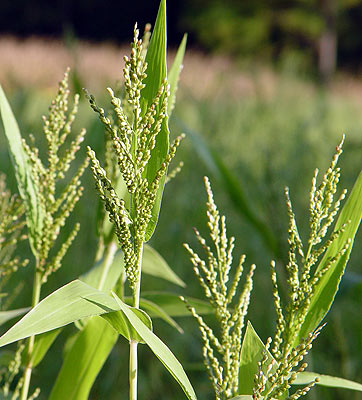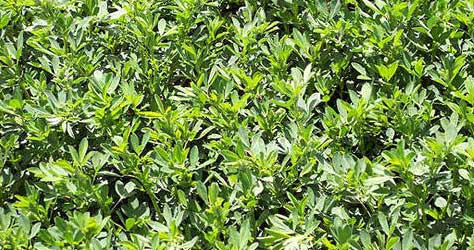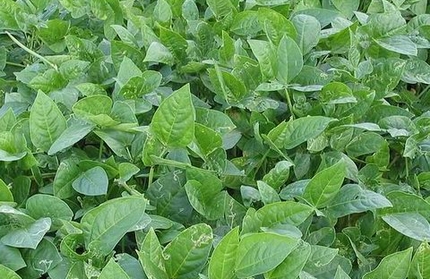Warm season annuals such as milo, millets, other sorghum varieties, and legumes, such as beans, peas, and lablab may be planted and southern latitudes after about mid-April for warm season food plots for white-tailed deer. Of course, don’t forget the biggest limitation on food plots — rain! Go for drought resistant plants every chance you get. For the best chance at success, located the richest soil/s on your property, properly prepare them for planting and get your seeds in the ground just prior to the growing season.

There are numerous plant species and even varieties of plant species available commercially that can work for plots intended for whitetail. All of these plants will grow, but they may not all be well suited to your area or even the soils found on your specific property. A good rule for food plots is to just keep in simple. Deer eat a tremendous number of plants, so just plant the one that is best adapted to your area. If you plant it (and it grows), they will come.
With that in mind, varieties of dry land alfalfa, a warm season perennial legume that comes back from the roots each year, or another grazing-type variety of alfalfa can be planted in food plots. An important thing to keep in mind, legumes have 20-30% protein content and fix nitrogen into the soil! That’s a double whammy considering the price of fertilizer. Continue reading “Time to Think About Spring Food Plots for Deer”



